Understanding Silicone Rubber Keypads: Conductive Principles and Functions
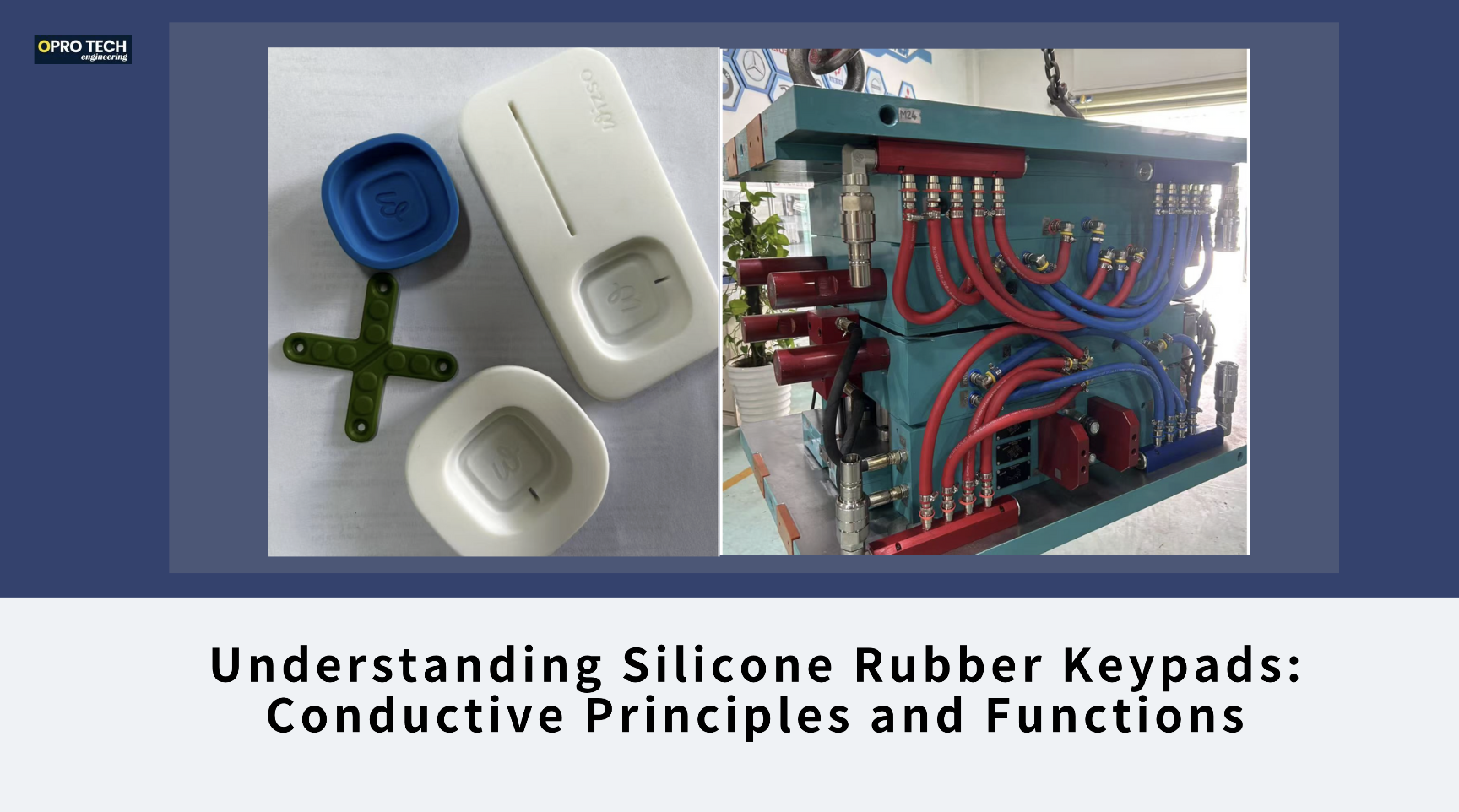
Understanding Silicone Rubber Keypads: Conductive Principles and Functions
Silicone rubber keypads are widely used in various electronic devices, including remote controls, industrial equipment, automotive systems, and medical instruments. While at first glance, they may seem like simple mechanical buttons, there are some important technical aspects behind their function, especially regarding conductivity and triggering electrical circuits.
In this article, we will explain in detail how silicone keypads work, why conductivity is needed, and how this is achieved in manufacturing.
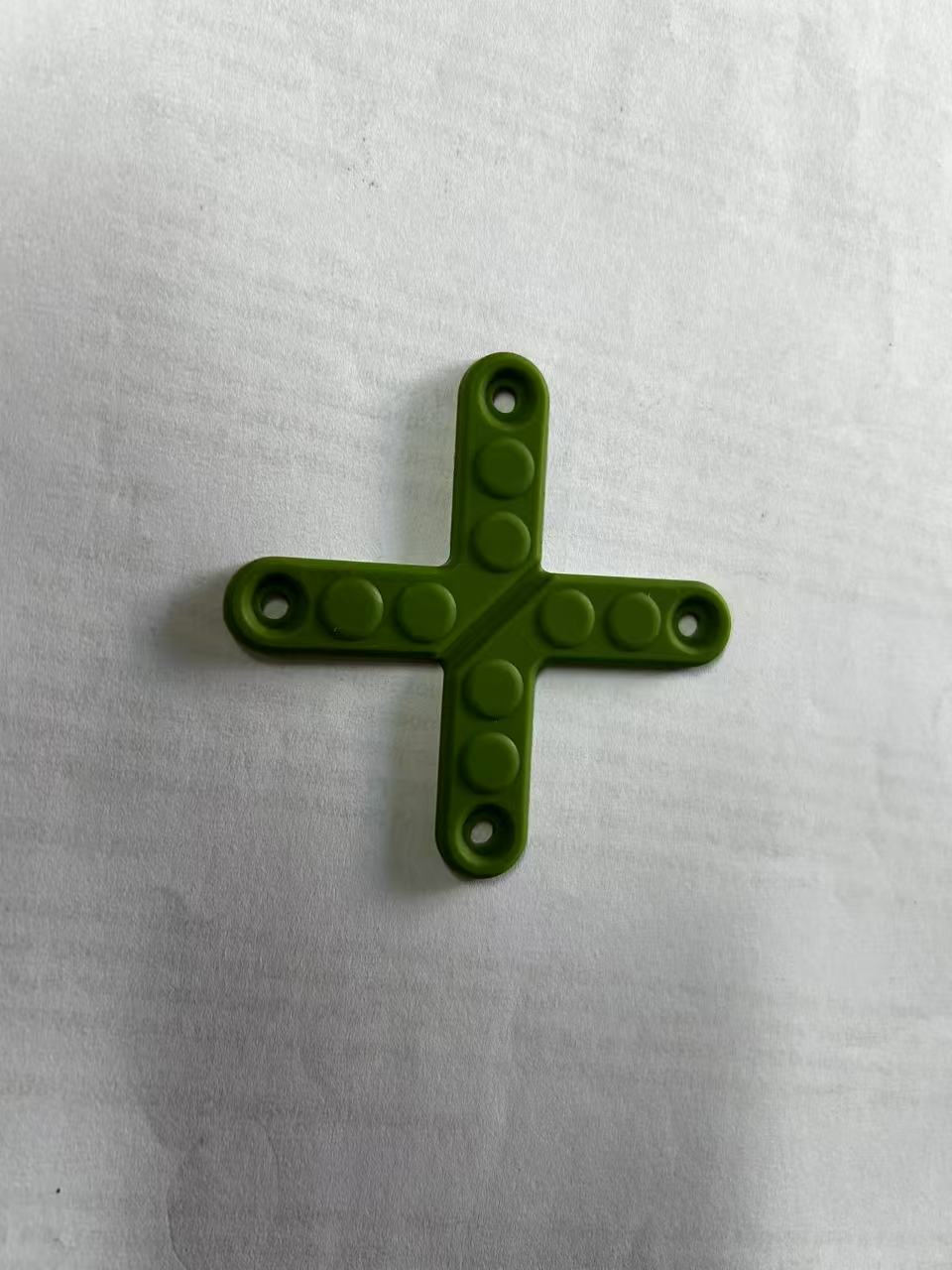
1. Is Silicone Conductive?
No, regular silicone rubber is an insulating material — it does not conduct electricity by itself. The primary role of silicone in keypads is to provide a flexible, elastic structure that allows for pressing and returning to its original shape.
However, for a button to functionally interact with an electronic circuit, it needs to connect or disconnect a circuit — this is where conductive materials come in.
2. Why Do Silicone Keypads Need Conductivity?
Silicone keypads often serve as switches to trigger an electrical signal when pressed. Without conductivity, pressing a silicone button would be like pressing a piece of rubber — nothing would happen electronically.
To perform electrical switching, the keypad must have a conductive part on the contact surface, which closes the circuit on a PCB (Printed Circuit Board) when the key is pressed.
Thus, the conductive feature allows the button to serve as an "electrical switch," just like a traditional light switch connects or disconnects power to a lamp.
3. How is Conductivity Achieved in Silicone Keypads?
To make silicone keypads conductive only when needed, two common methods are used:
a. Conductive Ink (Carbon Pills / Printed Conductive Layer)
- After molding the silicone keypad, a layer of conductive ink (usually carbon-based) is printed or deposited on the bottom contact surface of each key.
- When the key is pressed, this conductive ink touches the PCB contact, allowing current to flow and triggering a signal.
- Pros: Cost-effective, simple processing.
- Cons: Limited lifespan compared to conductive particles, may wear out over time.
b. Conductive Rubber Pills (Conductive Black Particles)
- During molding, a small piece of conductive rubber (usually black, carbon-filled) is embedded in the key's bottom contact surface.
- When the button is pressed, this conductive "pill" contacts the PCB, enabling electrical connection.
- Pros: More durable, stable conductivity, longer lifespan.
- Cons: Slightly higher cost, more complex mold design.
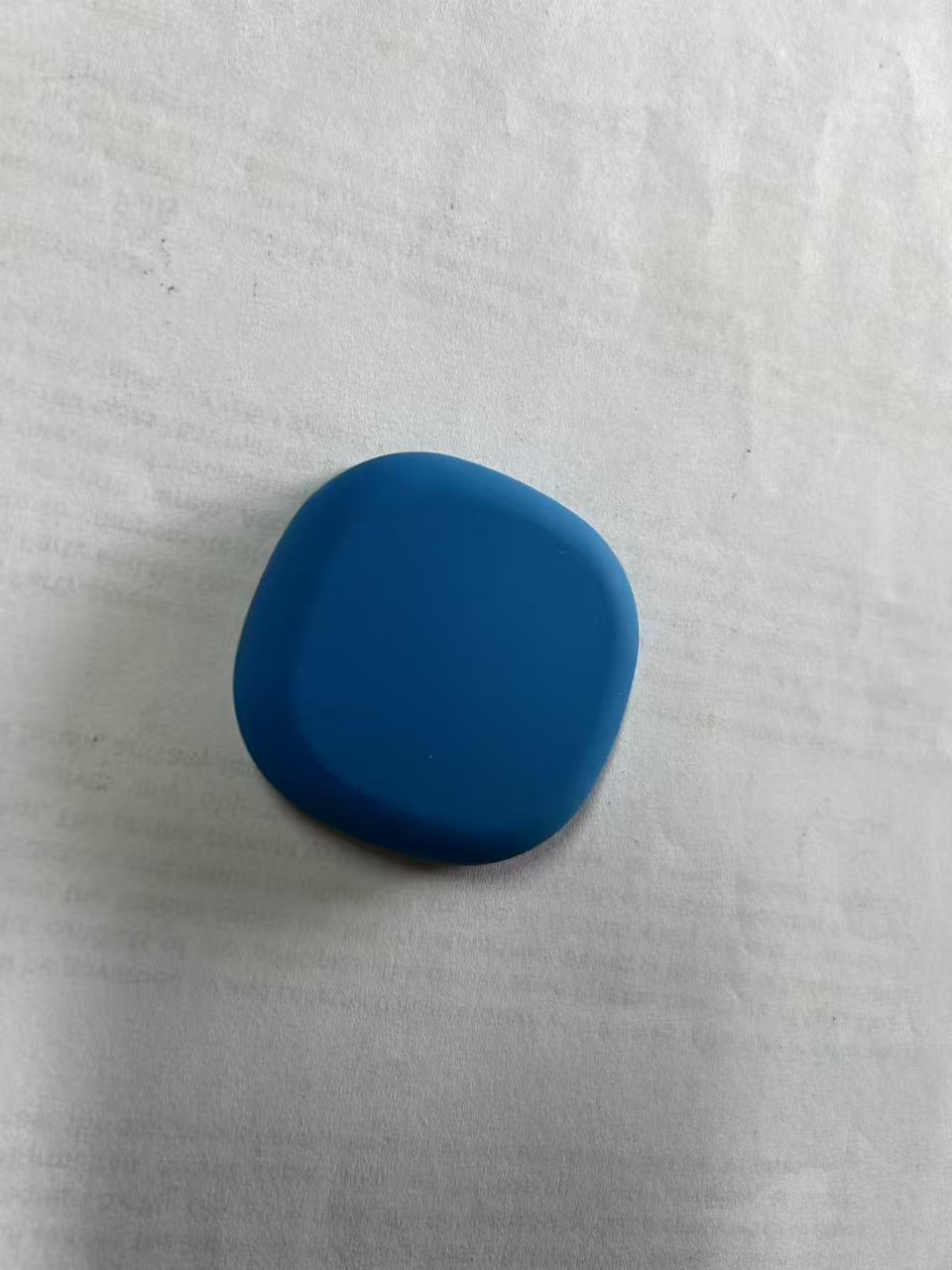
4. How Does the Conductive Function Work?
- When not pressed: The conductive part (ink or pill) does not touch the PCB. The circuit remains open (OFF) — no current flows.
- When pressed: The conductive part makes contact with PCB traces, closing the circuit (ON) — current flows, triggering the desired electronic response.
👉 In simple terms, a silicone keypad works as a soft, flexible switch that controls whether a circuit is open or closed — similar to how a wall light switch works, but using a soft material and a momentary contact.
5. Conductive Parameters and Actuation Force — What Do They Mean?
When designing or specifying a silicone keypad, engineers often ask about:
a. Conductive Parameters (Electrical Resistance)
- This refers to how much resistance the conductive part has when it makes contact.
- Typical range: 10Ω to 200Ω depending on the application.
- Lower resistance ensures reliable signal transmission when pressed.
b. Actuation Force (Keypad Hardness / Elastic Force)
- The force required to press the button down, measured in grams-force (gf).
- Typical range: 100gf to 350gf, depending on the product's use case.
- For example, remote controls may use 150gf for a light press.
- Industrial equipment may need 250gf or more for secure, intentional pressing.
6. Summary — The Role and Principle of Silicone Keypads
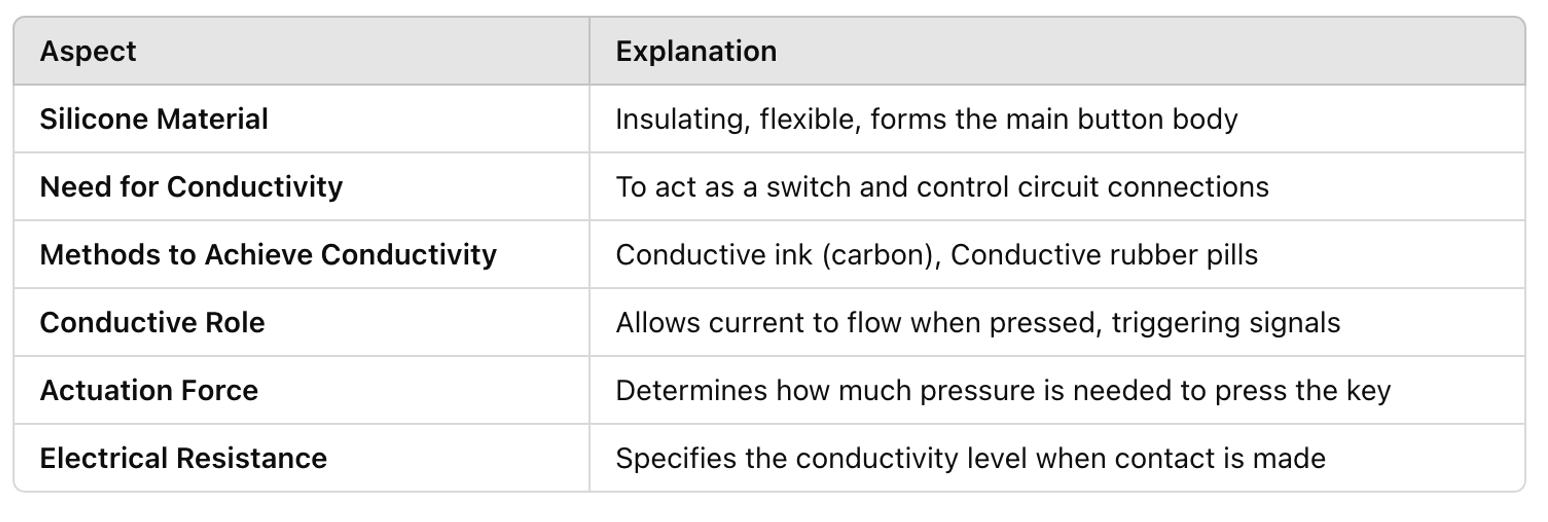
Silicone rubber keypads are not simply mechanical buttons — they are electrical switches enhanced by smart integration of conductive materials. Understanding how they work helps ensure proper design, manufacturing, and selection for various applications.
If you are working on projects involving silicone keypads and are unsure which type of conductive solution to use, considering factors like cost, durability, and required electrical performance will help you choose between conductive ink and conductive rubber pills.
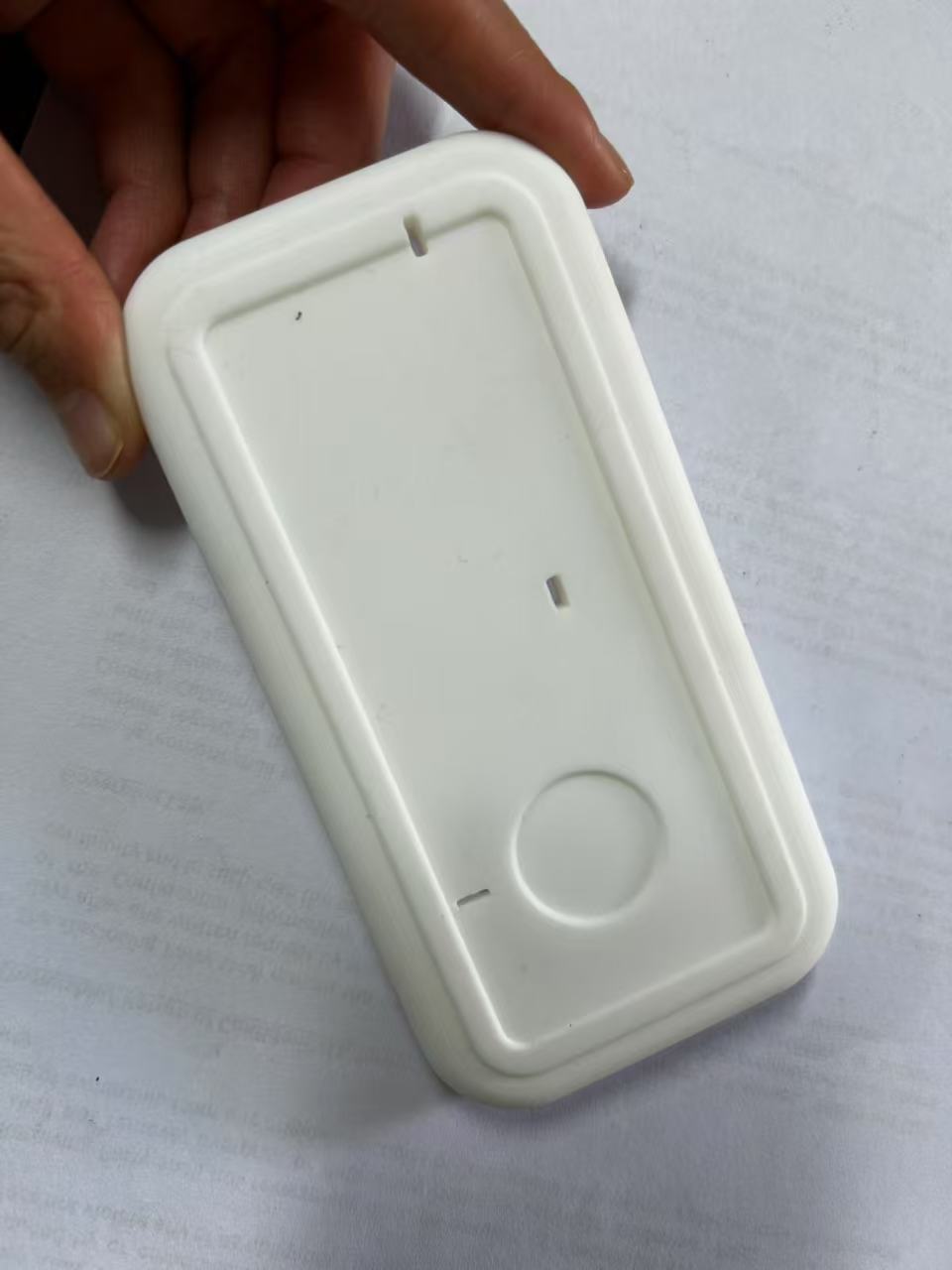
Factory add: No 39, Zhen an west road, Changan town , Dong guan city, China.